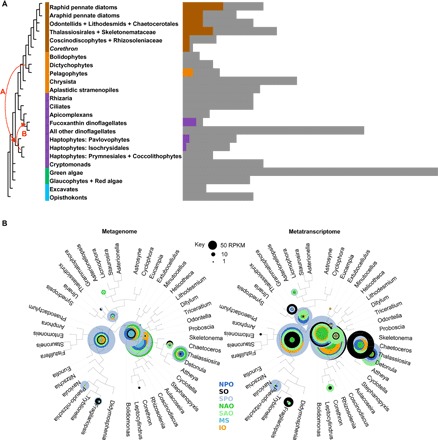Fig. 6. ISIP1 presence in eukaryotes and distribution/expression in the global ocean.

(A) Heatmap showing the presence of homologs of P. tricornutum ISIP1, identified by reciprocal BLAST best-hit search with a threshold e value of 1 × 10−5, against different eukaryotic species contained in a curated library consisting of decontaminated sequences from MMETSP, supplemented with a further 79 eukaryotic genome and transcriptome libraries (table S1) (41). Cells in color correspond to the presence of a homologous sequence in a particular strain; gray cells indicate species queried where no homolog was detected. Lineages are shown per the consensus topologies obtained from recent phylogenomic studies of nuclear genomes and are shaded by origin. Two transfer events, labeled with curved red arrows, demonstrate (A) a proposed plastid-associated gene transfer event that occurred from a common ancestor of pelagophytes and dictyochophytes into a common ancestor of the haptophyte lineage (41), and (B) the inferred origin point of the haptophyte-derived plastids found in fucoxanthin-containing dinoflagellates. (B) Analysis of abundance of ISIP1 sequences in the Tara Oceans metagenome and metatranscriptome data set, determined for seven ocean provinces [North Pacific Ocean (NPO), Southern Ocean (SO), South Pacific Ocean (SPO), North Atlantic Ocean (NAO), South Atlantic Ocean (SAO), Mediterranean Sea (MS), and Indian Ocean (IO)], and given as RPKM (indicated by size of circles; normalized against a set of housekeeping genes and transcripts; see Materials and Methods). The position of the circles on the diatom 18S phylogeny tree reflects the degree of taxonomic assignation from the sequence data.
